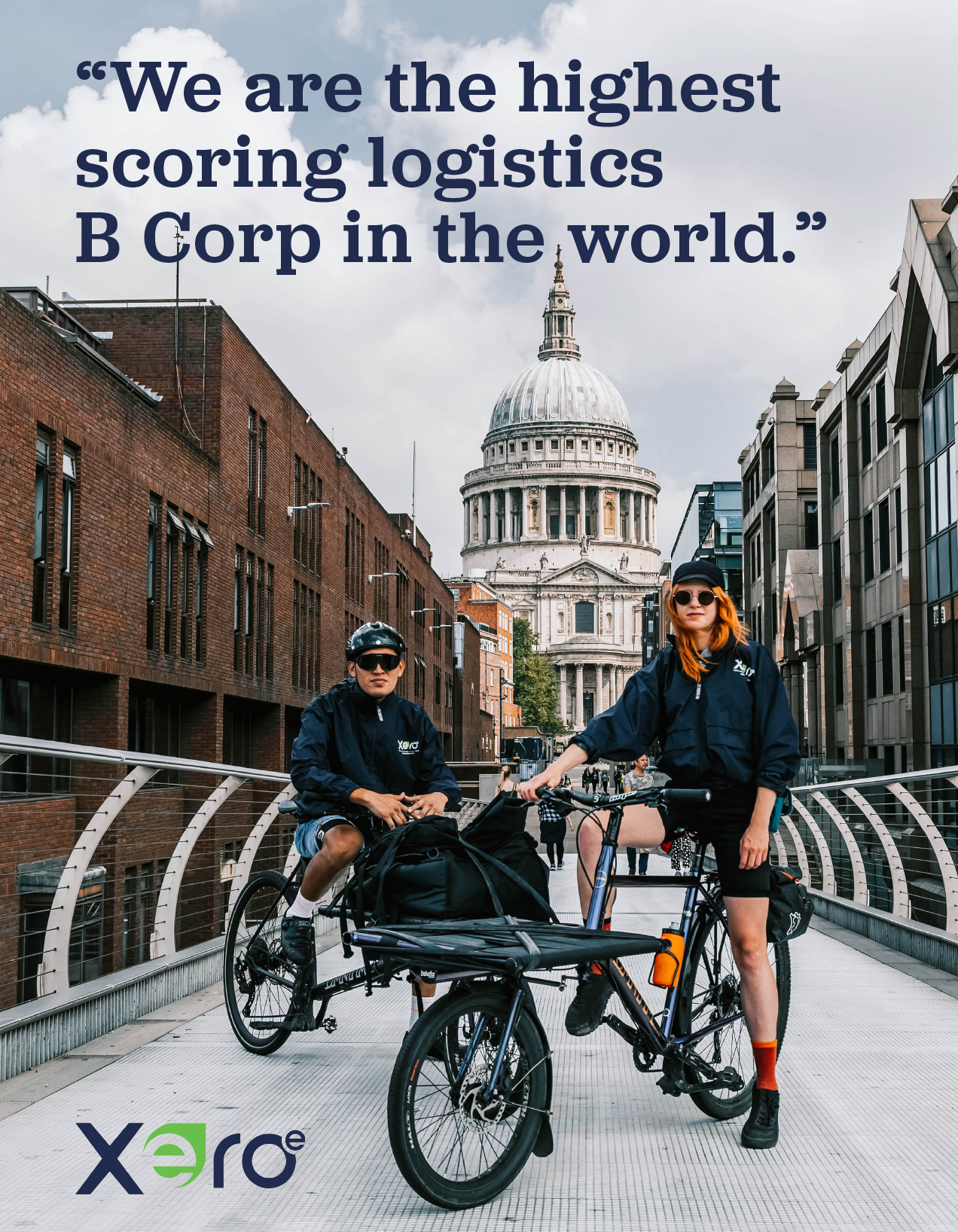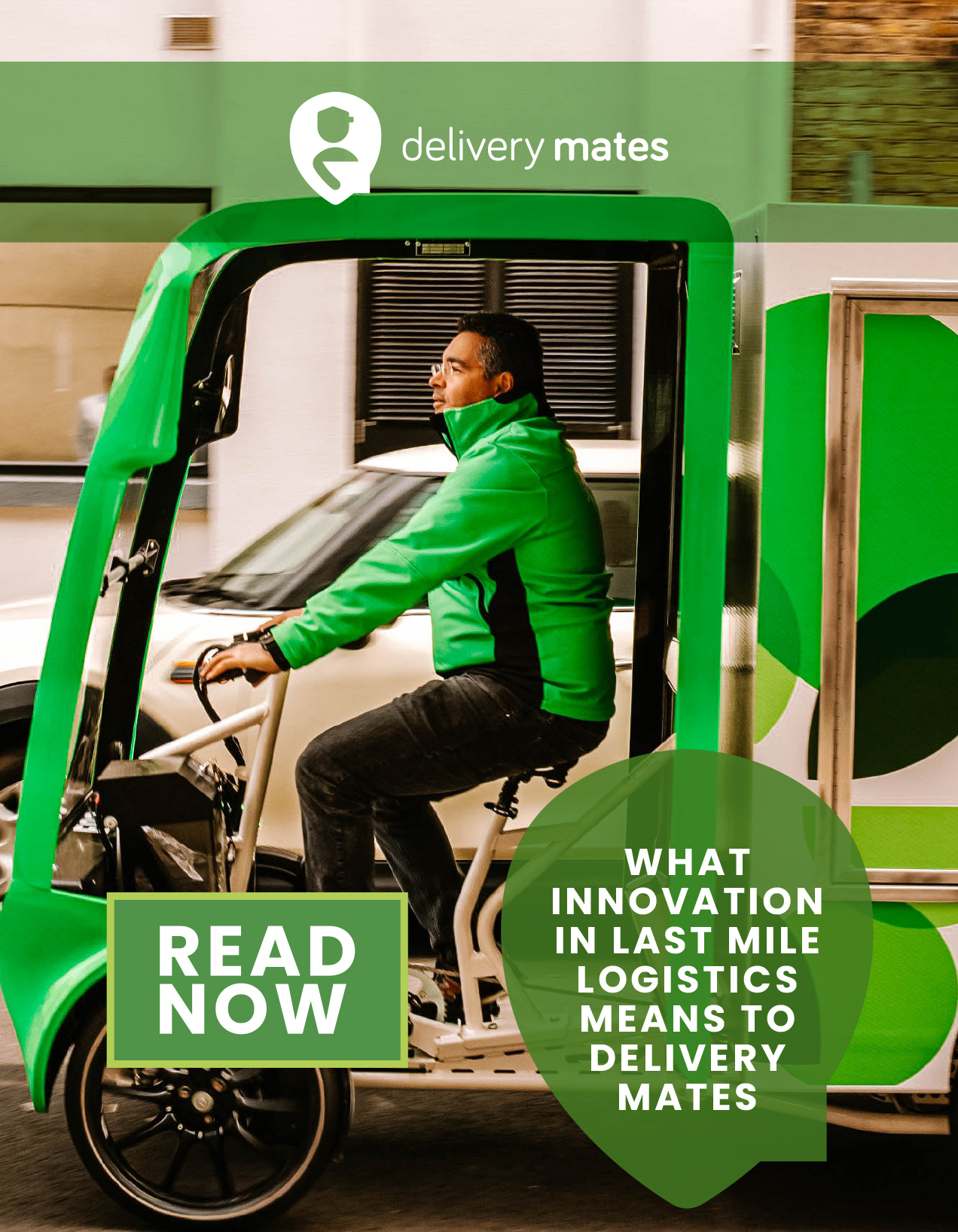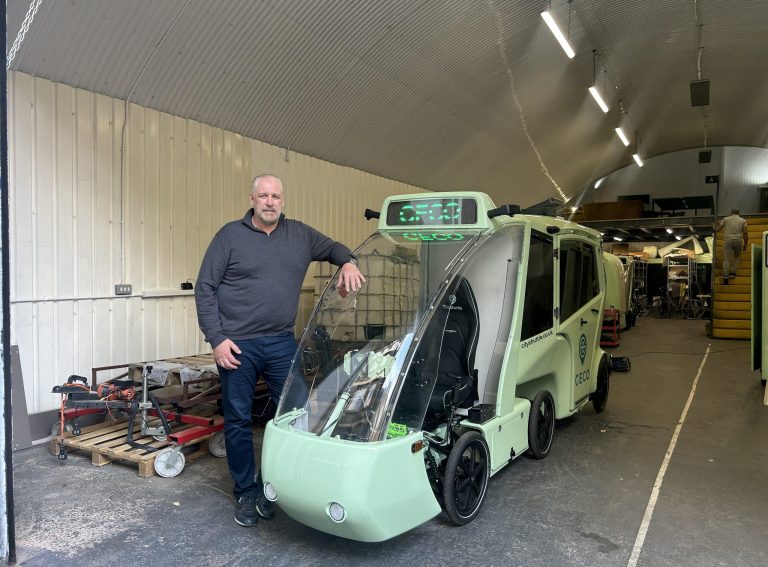There are currently around 400,000 second cars on London’s streets. Zag industry expert Caroline Seton says it’s time to rethink the viability of second car ownership to free up much needed space for e-bikes
Anyone who lives in London is aware that space is limited.
Take this 2020 study from UCL which found that two thirds of London’s streets were not wide enough to facilitate the recommended two metre social distancing rules.
It would come as no surprise then that finding appropriate walkway space for shared e-bikes is a monumental task.
With that in mind, Forest believes that it has a solution in the form of the reallocation of on-street parking bays.
Unlike Paris where Mayor Hidalgo has been pushing hard for an entire ban on private vehicles from the historic heart of the city by early 2024, we do not believe that is needed for London (although, undoubtedly it would speed up our transition to Net Zero!).
Instead, Forest believes there is a halfway house – the heavy penalisation or banning of second cars in the capital, with the exception of those with disability badges or requiring additional vehicles for commercial means. This would provide the necessary space to safely facilitate the growing community of urban cyclists.
“12% of London households own two cars or more”
London has a sophisticated network of public transport – overground, underground, buses and, of course, shared micromobility solutions. The need for second car ownership is waning and is most often the preserve of the wealthy.
Approximately 12% of London households own two or more cars. With the latest census showing that the capital houses some 3.5 million households, this means there are approximately 400,000 second cars on London’s streets. Using Cyclehoop’s estimation that one car can comfortably fit approximately ten bicycles, this equates to space for four million bikes, parked on-street!
A bold decision
We are acutely aware of the political backdrop to this decision with our Prime Minister saying he is ‘on the side of motorists’, whilst in stark contrast the current Mayor of London expands the ULEZ zone and pushes for more active transport. However, no great change was ever made without ruffling a few feathers and it is our belief that a brave decision like this would be an all round winner for air quality, road congestion, cyclists and, ultimately, pedestrians who would once again own the pavements, regardless of party politics.
A boost to the borough’s finances
Readers might also wonder whether this shift might have a negative knock-on impact on the borough finances if they are unable to charge parking permits to those 400,000 car owners. Here it’s worth noting that currently shared micromobility companies contribute financially to each London borough in which they have a formal agreement or Memorandum of Understanding. Much of these sums, which vary across the city, are allocated to finding more suitable parking space. Based on our data of how much we currently contribute financially to each borough for the number of bays we have, Forest estimates that the cost of one bay housing approximately ten bikes is on average £480 per annum. The price of an average London parking permit is £270 per annum. If the boroughs use this same logic, they could be bringing in almost double the current amount they do for a parking permit by introducing more shared e-bike bays. Even the borough’s finances win!
Reading the signs
Let’s read the signs on e-bike trends. Shared micromobility market in London is hugely popular and here to stay. That’s in part thanks to the high levels of congestion which makes travelling by car or bus painful (according to TomTom London is the slowest moving city in the world!), alongside the increase in both cycling infrastructure and shared e-bike operators over the past 5-10 years.
London is now the top city for shared e-bike rides in Europe. Research shows that London had two million trips on average per month in Q3 2023, 600,000 more trips than Paris which came second in the rankings.
But this growth has not come without teething problems. The most popular complaint against shared e-bike companies like Forest is bikes being left obstructively when the rider completes their trip. Abandoned bikes, sometimes left inconsiderately on pavements, can cause issues for pedestrians – particularly those with sight loss, mobility issues or pushing buggies.
It’s the operators’ responsibility to educate their users on how best to park but alongside crafting user behaviour, there is this acute need to find and allocate more space within the public realm for shared e-bikes.
Increasingly, boroughs are seeking out more spaces for shared e-bikes – Islington, for example, announced ten more dedicated parking spaces in February, Camden has rolled out 226 bays and Kensington & Chelsea has found over 100 in recent months. However, this pace of reallocation is too slow, hampered not by effort or intent on the part of local authorities but by the very real limitations of space.
It’s time for local and municipal authorities to be brave enough to find the space for shared e-bikes, even if it does require a step outside their comfort zone. We believe that the upcoming mayoral and General Assembly elections are the perfect time to bring this potential solution onto the agenda.










